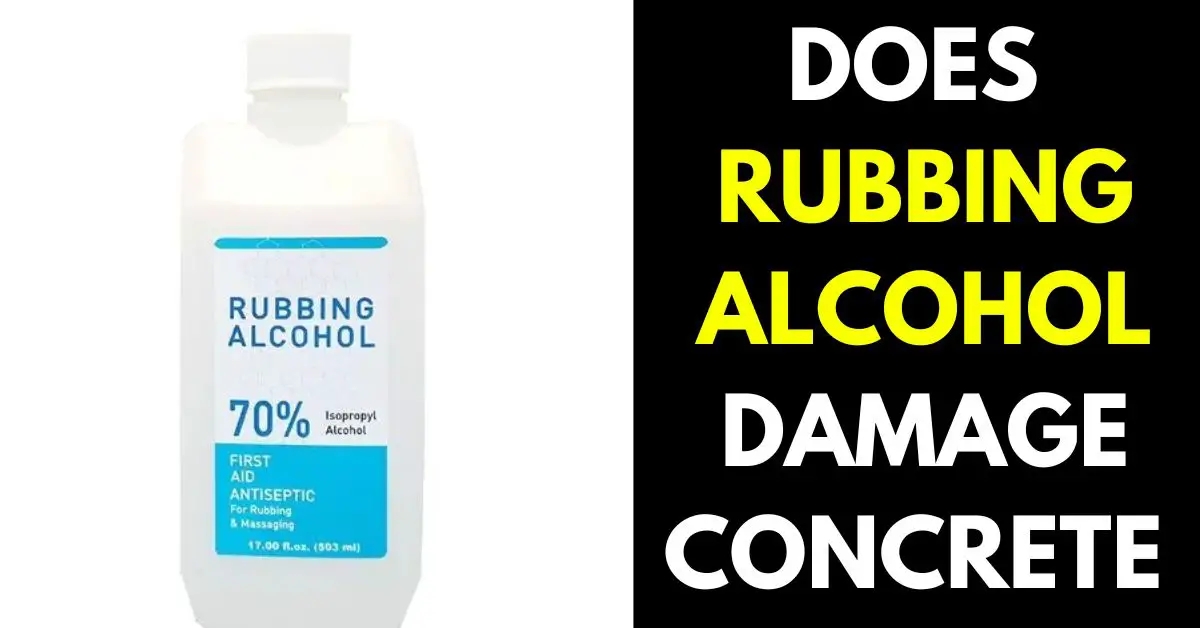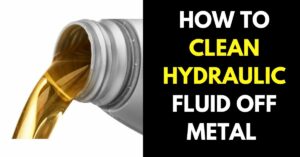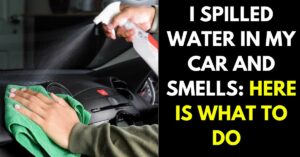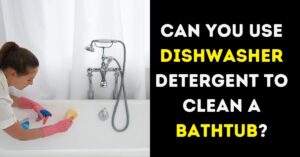
If you’re someone who enjoys DIY projects or frequently deals with tough stains, you’ve likely heard of rubbing alcohol as a cleaning solution. This versatile liquid is known for its ability to disinfect and dissolve grime from a variety of surfaces. But what about using rubbing alcohol on concrete? Concrete is a porous material that can be prone to stains, so it’s natural to wonder if rubbing alcohol could be a quick fix.
Let’s take a closer look at whether or not it’s safe to use rubbing alcohol on concrete and what you should keep in mind before giving it a try. So, let’s dive in!
Can You Use Rubbing Alcohol on Concrete?
Yes, you can use rubbing alcohol on concrete. Rubbing alcohol, also known as isopropyl alcohol, is a versatile cleaning agent that can be used on a variety of surfaces, including concrete. In fact, rubbing alcohol is often used to clean and disinfect concrete surfaces in industrial settings.

To use rubbing alcohol on concrete, you can mix 70% isopropyl alcohol with hot water in a quart or half-gallon spray bottle. Simply spray the mixture back and forth along your driveway or any concrete surface you want to clean. The rubbing alcohol will break down and dissolve any dirt, grime, or stains on the surface, leaving it clean and fresh.
If you don’t have rubbing alcohol on hand, you can use vodka as a substitute. Vodka contains alcohol, which has similar cleaning properties to rubbing alcohol. Mix the vodka with hot water in a spray bottle and use it in the same way as the rubbing alcohol mixture.
Adding hot water to the rubbing alcohol or vodka mixture can also speed up the de-icing process. This is particularly useful if you’re using the mixture to melt ice or snow on your driveway or walkway. The hot water will help to melt the ice more quickly, allowing the rubbing alcohol or vodka to penetrate and dissolve any remaining ice or snow.
Does Rubbing Alcohol Damage Concrete
Rubbing alcohol or bleach, when used in the correct dilution, should not affect the concrete in any way. These cleaning agents can effectively remove stains, grime, and dirt that has accumulated on the concrete surface, without causing any damage.
It is important to note, however, that while alcohol or bleach may not damage the concrete itself, they can be harmful to surrounding plants and vegetation. Therefore, it is important to take precautions when using these cleaning agents near plants and vegetation.
On the other hand, muriatic acid is a strong acid that is commonly used for cleaning and etching concrete surfaces. While it can effectively remove tough stains and grime, it can also dissolve the surface of the concrete, leading to damage.
How Does Alcohol Affect Concrete?
Alcohol, specifically ethanol and methanol, can have an effect on the coagulation and setting time of concrete. When alcohol is added to cement, it can slow down the process of hydration, which is the chemical reaction between the cement and water that causes the mixture to harden and set.
This delay in the setting time of the cement can lead to a longer working time, which may be beneficial in certain situations, such as when pouring large volumes of concrete or in hot weather conditions.
What Surfaces Should You Not Use Rubbing Alcohol On?
Painted, shellacked, lacquered, or varnished surfaces should be avoided when using rubbing alcohol, as it can cause the surface to become dull, discolored, or damaged. These surfaces have a protective coating that can be easily stripped away by the alcohol, leaving the surface vulnerable to damage and decay.
Treated wood is another surface on which rubbing alcohol should be avoided. The alcohol can penetrate the wood and cause the treatment to break down, leading to decay, discoloration, and weakening of the wood.
Certain fabrics may also be damaged by rubbing alcohol. While isopropyl alcohol can be an effective stain treatment on certain fabrics, it should be used with caution. Fabrics that are sensitive to alcohol, such as silk or acetate, can be damaged by the alcohol and may discolor or become brittle over time.
How Do You Melt Ice Without Damaging Concrete
When trying to melt ice on concrete surfaces, it is important to avoid using de-icing products that can damage the concrete. Here are some methods to melt ice without damaging concrete:
- Shoveling: One of the simplest and safest ways to remove ice from concrete is to shovel it. This can be done using a snow shovel, ice scraper, or a specialized ice removal tool. It is important to avoid using metal shovels, as they can scratch and damage the concrete surface.
- Hot water: Pouring hot water on the ice is an effective way to melt it without damaging the concrete. Boil water and carefully pour it over the ice until it melts away. Be careful not to use boiling water, as it can cause thermal shock and damage the concrete.
- Sand: Another way to remove ice from concrete is to use sand. Sprinkle sand on the icy surface, which provides traction and helps prevent slipping. This method does not melt the ice but makes it safer to walk on.
- Calcium chloride: Calcium chloride is a de-icing product that is safe for use on concrete. It is effective in melting ice at low temperatures and does not cause damage to the concrete. It is important to apply it according to the manufacturer’s instructions and to avoid using excessive amounts.
- Rubbing alcohol: Rubbing alcohol can also be used to melt ice without damaging concrete. Mix rubbing alcohol with water and spray it on the ice. The alcohol lowers the freezing point of the water, causing the ice to melt. However, it is important to avoid using too much alcohol, as it can be harmful to nearby vegetation.






